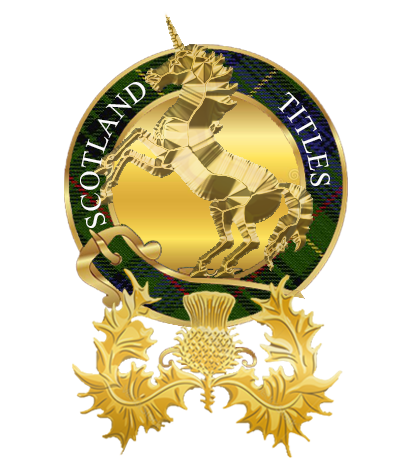Scottish Traditions
For a such a small country, Scotland punches well above its weight in terms of history and culture. From the ancient clans of the 12th century, each generation has added their own cultural thumbprint and the result has is a unique and vibrant country. If you’re visiting Scotland this year, why not try haggis on Burns Night, catch a glimpse of the ‘Heavies’ in action at a Highland Games, or ring in the New Year as part of the traditional Hogmanay festivities?
Tartan & Kilts
Kilts are one of the most iconic items associated with Scotland. However, kilts are much more than something men wear to weddings, ceilidhs or Highland games – they are a historic piece of clothing which have stood the test of time. Tartan is a fabric made up of different coloured horizontal and vertical stripes on a coloured background. It originated in the Highlands of Scotland, with the first mention of tartan being made in 1538. Originally, clanspeople used local plants, mosses and berries to dye the wool.
A kilt is a piece of tartan which is worn around the waist. Full kilt dress is normally made up of:
-
A sporran – a small bag worn around the waist over the kilt
-
A kilt pin – the pin holds the two pieces of material together at the front of the kilt
-
Sgian dubh – a small dagger which sits in the sock
And remember, a true Scotsman never wears any underwear beneath his kilt!
Bagpipes
The sound of the bagpipes can often be heard all over Scottish towns and cities; whether it’s pipers entertaining passers-by, pipe bands in parades or at the world famous Highland games. Bagpipe music has strong connections to Gaelic culture and has played an important part in Scottish social and cultural life for centuries.
Ceilidhs
The word ‘ceilidh’ descends from the Gaelic word for ‘gathering’ or ‘party’. Originally ceilidhs were simply local gatherings which developed into a form of literary entertainment with storytelling, recitations and songs. Instrumental music and dancing were added later and the ceilidh as we now know it was born. The beauty of a ceilidh is everyone can take part; young or old, beginners to experienced dancers, and even those with two left feet! The caller will run through the steps before the dance starts so you have time for a quick practise.
Highland Games
Highland games combine sport, fun and culture in a uniquely Scottish style and take place every weekend from May to September all over Scotland. Heavy contests see the competitors put their muscles to the test, while field events such as the hill race and cycling competition test speed and stamina. Highland dancers also show off their fancy footwork at the Highland games with dances such as the sword dance and the famous Highland Fling. The Cowal Highland Gathering is an event world renowned for its Highland dancing with performers from all over the world travelling to Dunoon to compete.
Days of Celebration
The traditional Burns Supper, Hogmanay and St Andrews Day celebrations are still very much part of Scottish culture. So, what do they involve?
Burns Supper
To celebrate the life of Robert Burns, a Scottish poet and lyricist, Burns Suppers are held on the 25th of January all over the world. The evening is filled with Burns’ poetry, a traditional meal of haggis, neeps and tatties, and of course, whisky! Guests often wear full kilt dress and the evening is finished with a recital of ‘Auld Lang Syne’.
St Andrew’s Day
St Andrew’s Day is Scotland’s national day which celebrates Scotland’s patron saint, St Andrew. St Andrew’s philosophy was simple: share what you have with those less fortunate and be kind to each other. The day is usually marked with a celebration of Scottish culture; including ceilidh dancing, food and music, and both the British Prime Minister and Scotland’s First Minister give St Andrew’s Day messages.
Hogmanay
Hogmanay is the Scots word for the last day of the year and is synonymous with the celebration of the New Year. As the bells strike midnight, partygoers join hands and give a rendition of ‘Auld Lang Syne’. The Scottish festivities are often followed by further celebration on the morning of New Year’s Day (January 1st) and in some cases, the 2nd as well.
Scotland is a country with a rich cultural history and many of its ancient traditions are still being celebrated by Scots today. The traditions combine the Scots love for love for dancing, eating and storytelling. Whether you’re exploring the streets of Edinburgh, or attending one of the world famous Highland games, you will undoubtedly come across men dressed kilts, or a bagpiper entertaining the crowds. With events taking place throughout the year, there’s no excuse for visitors not to take part in, or to witness, one of these unique Scottish traditions.
